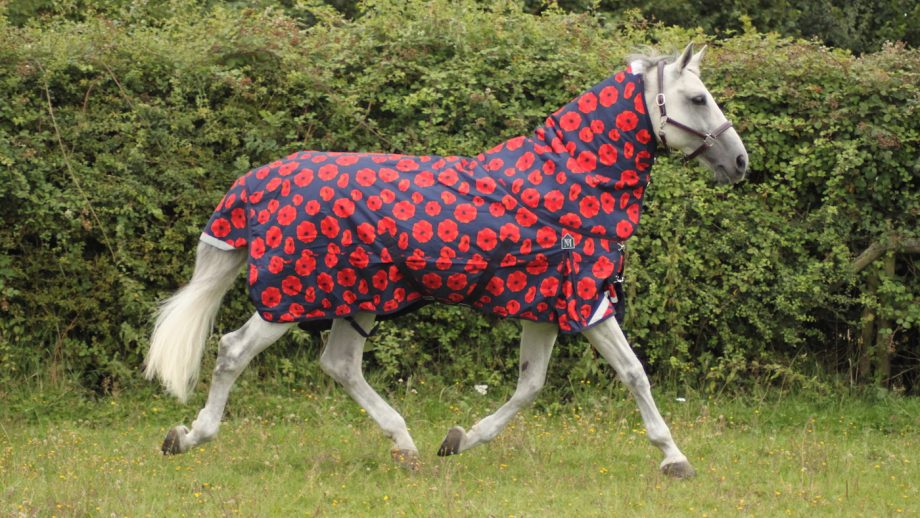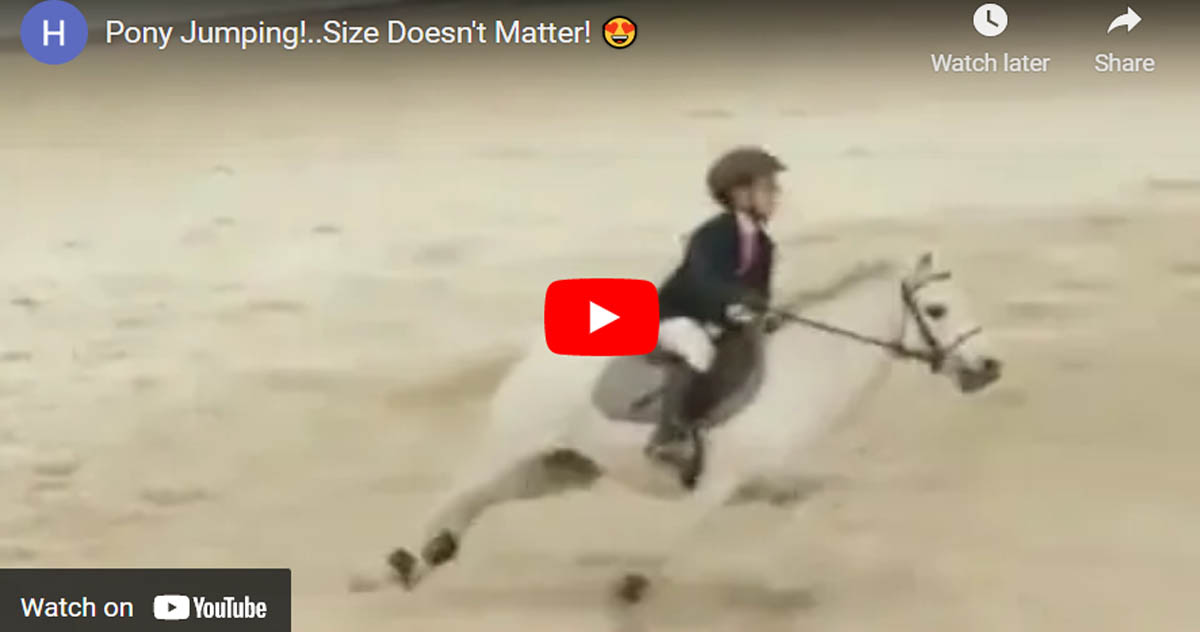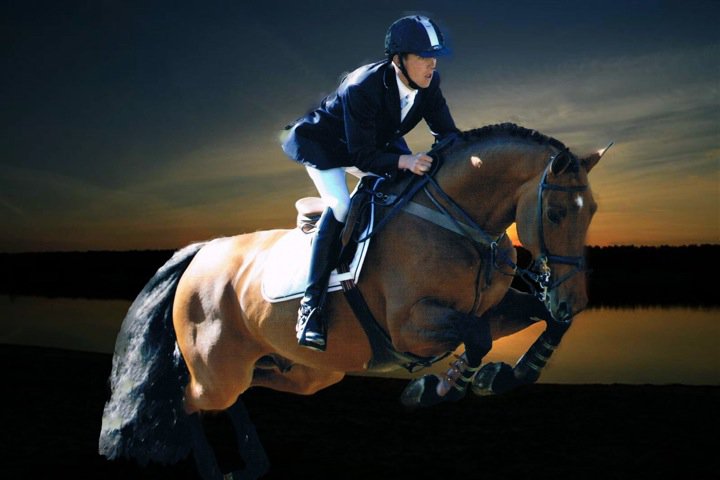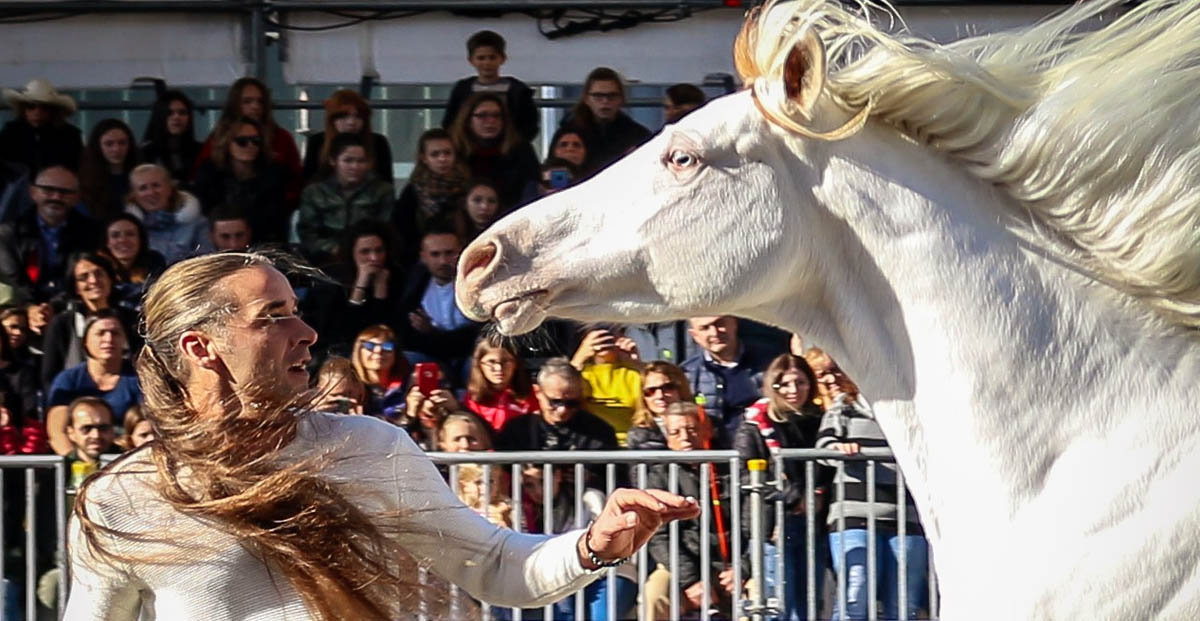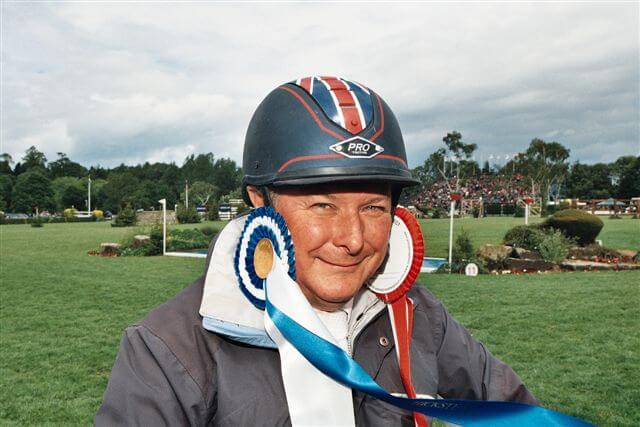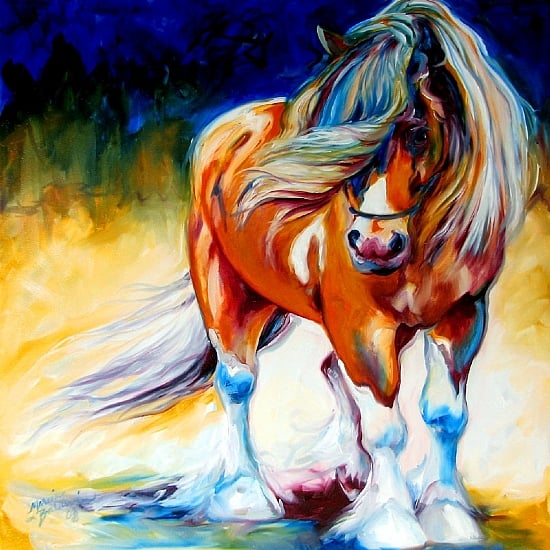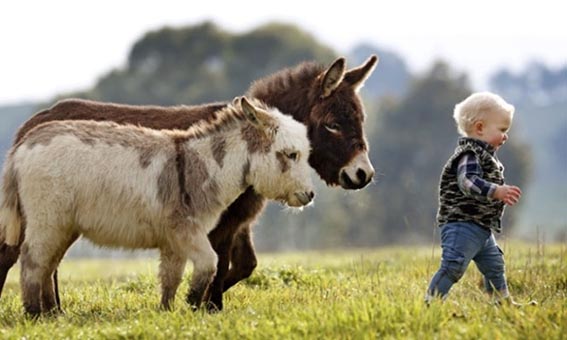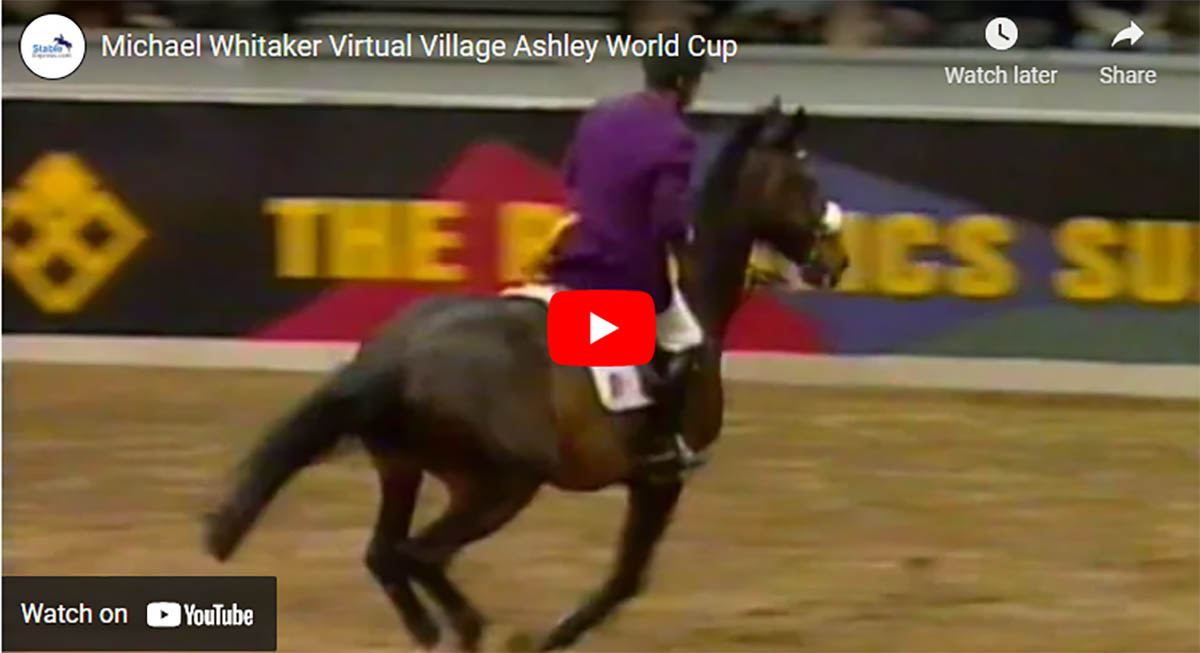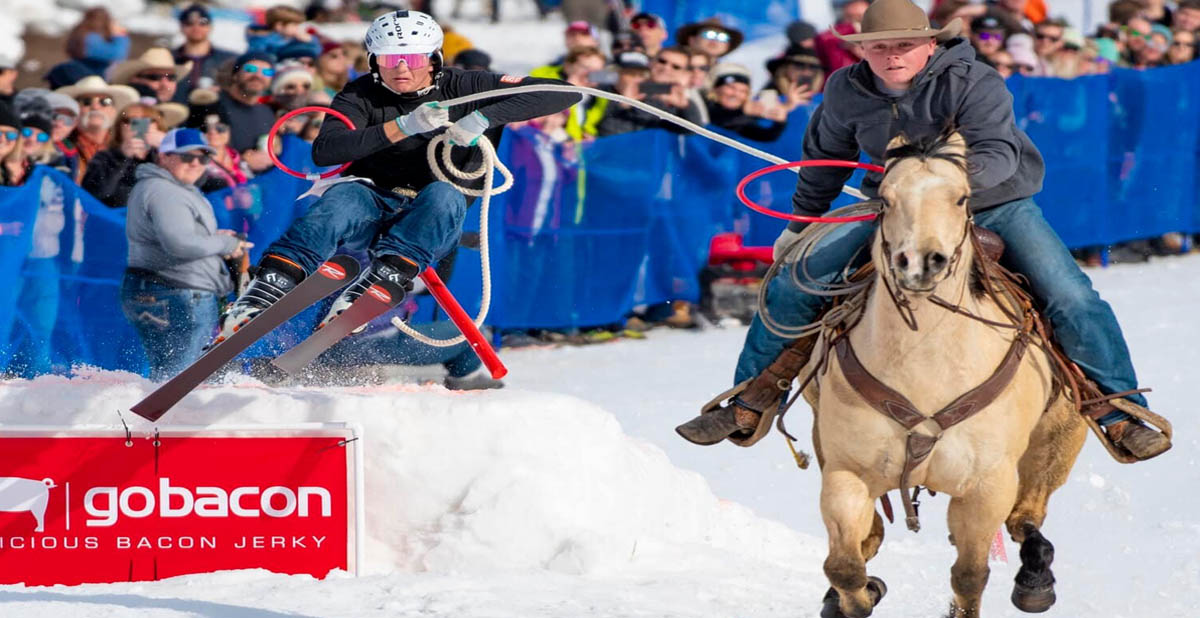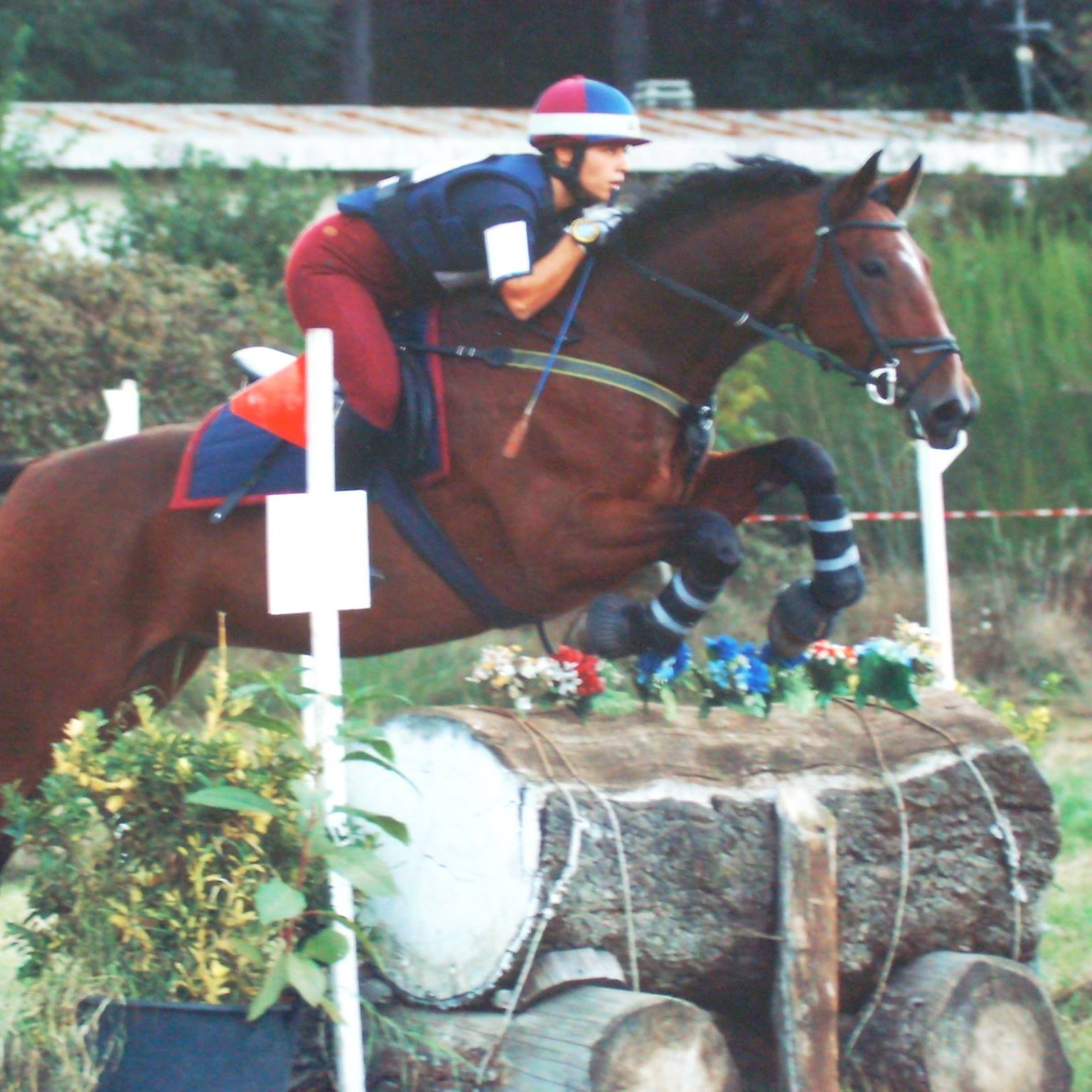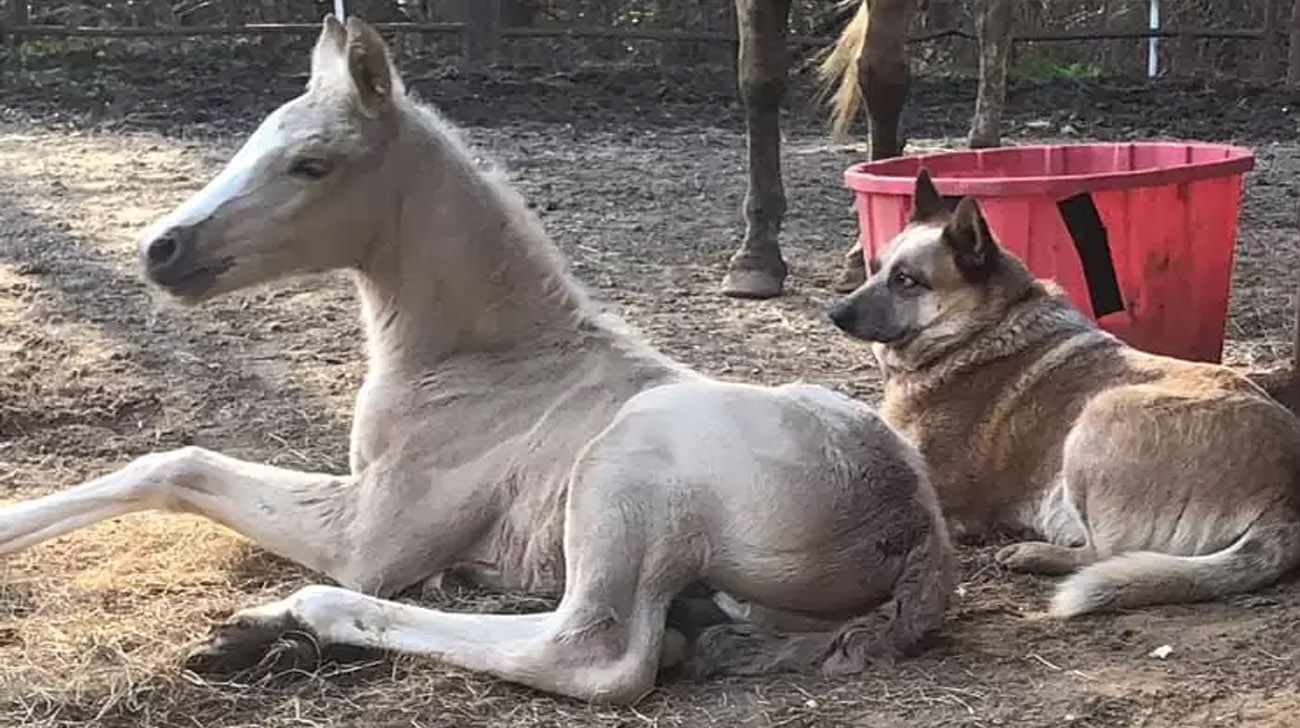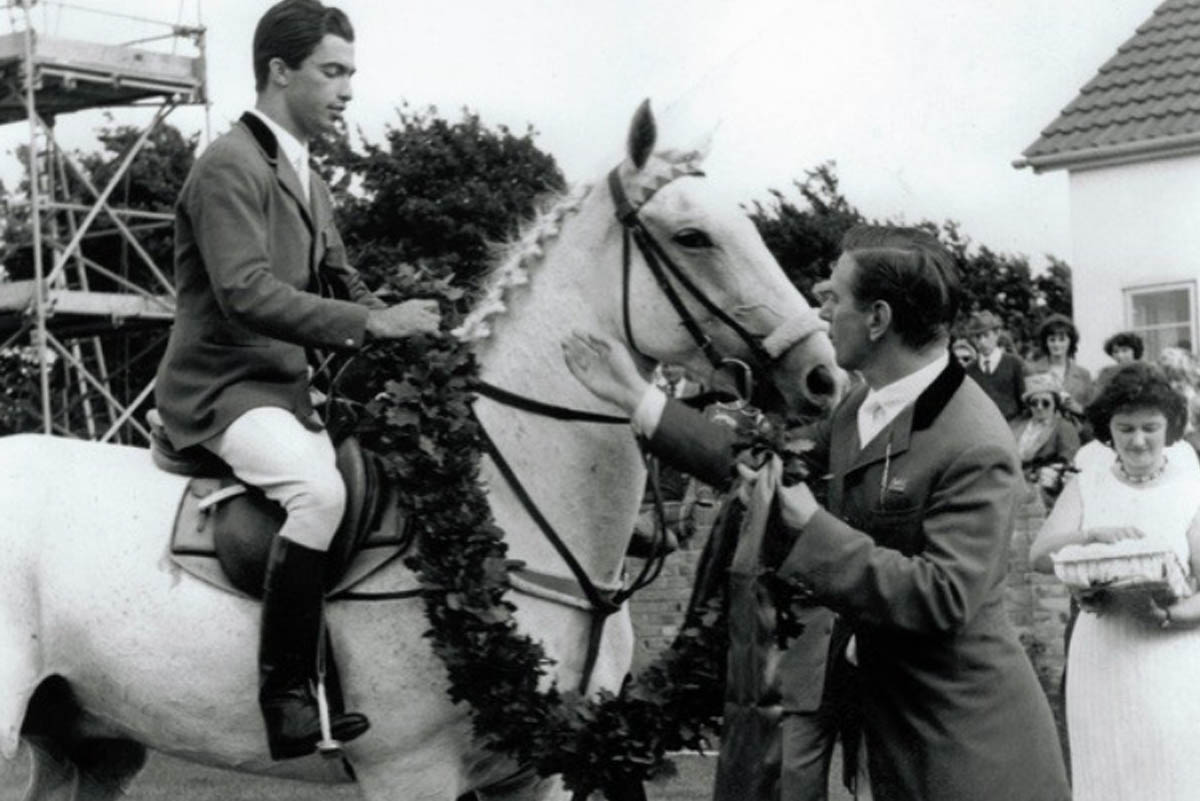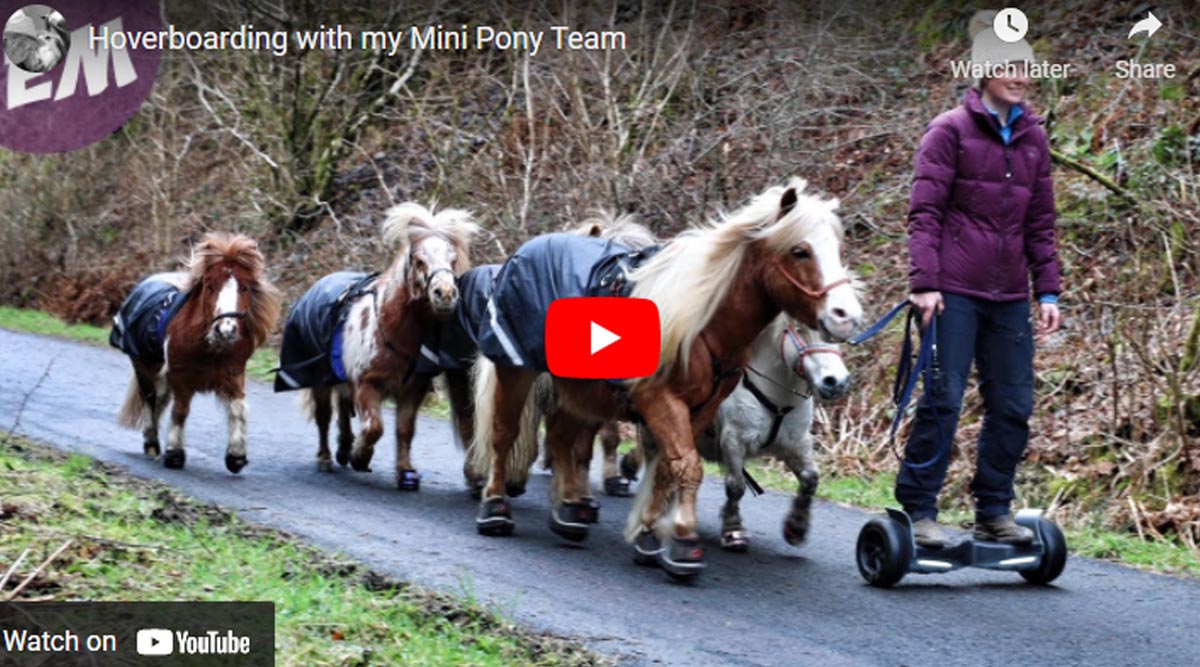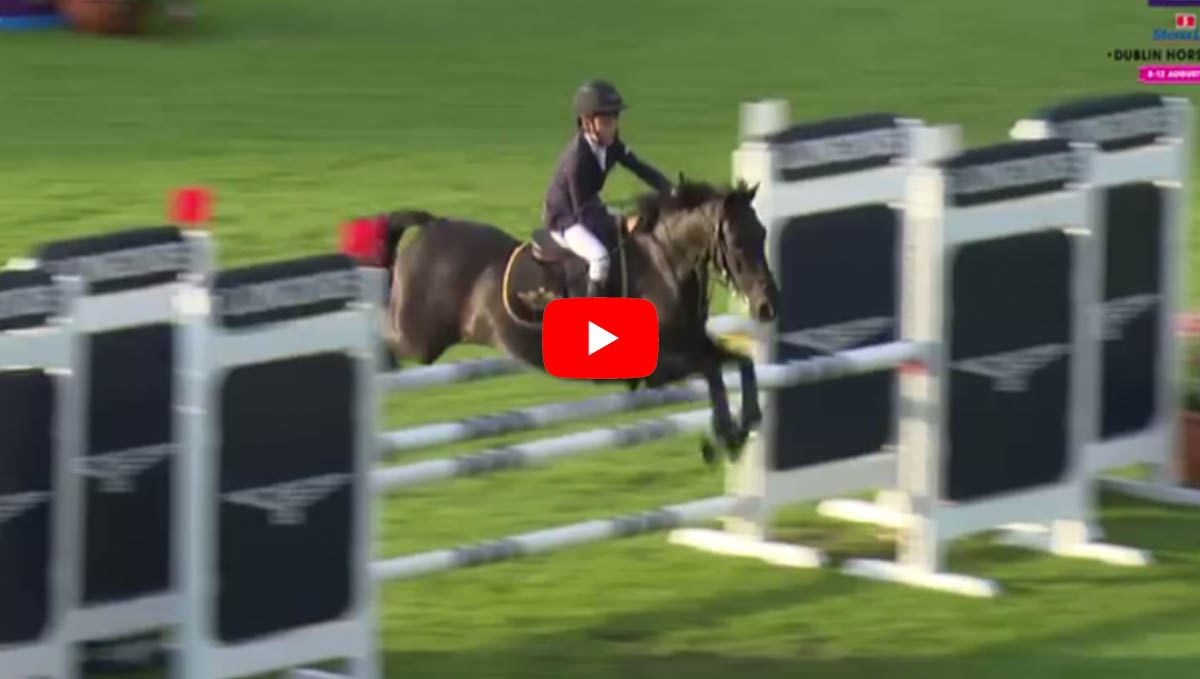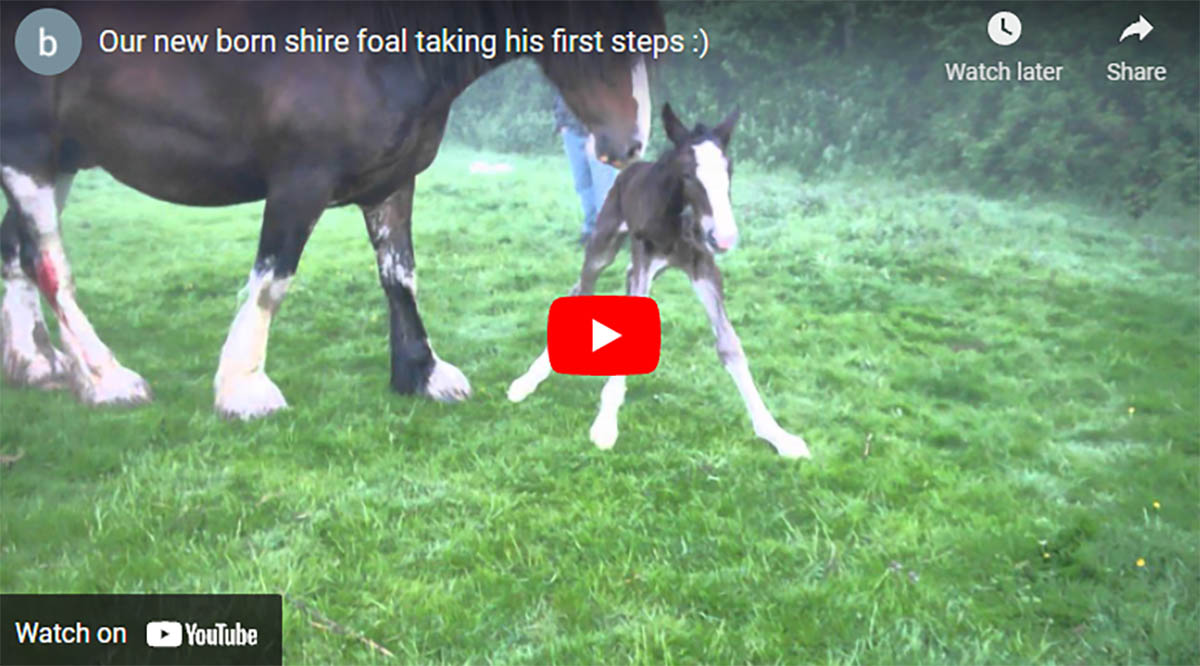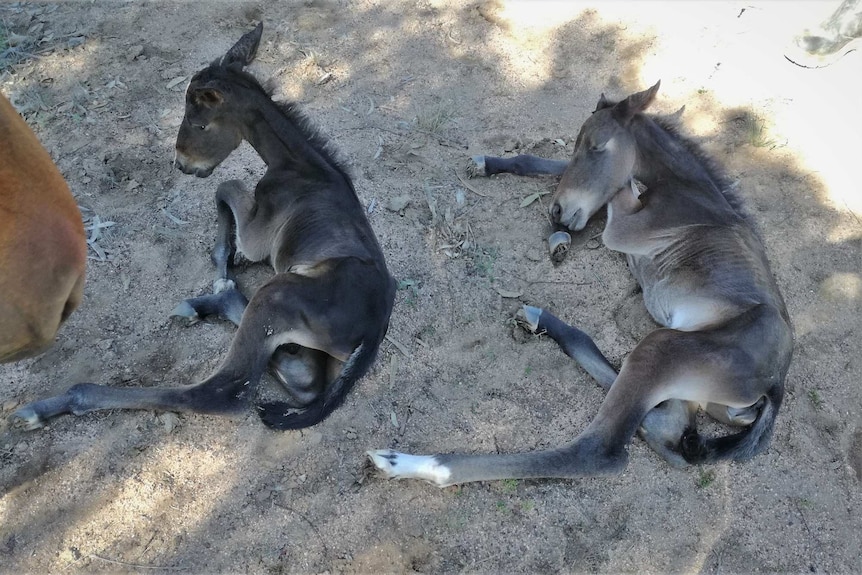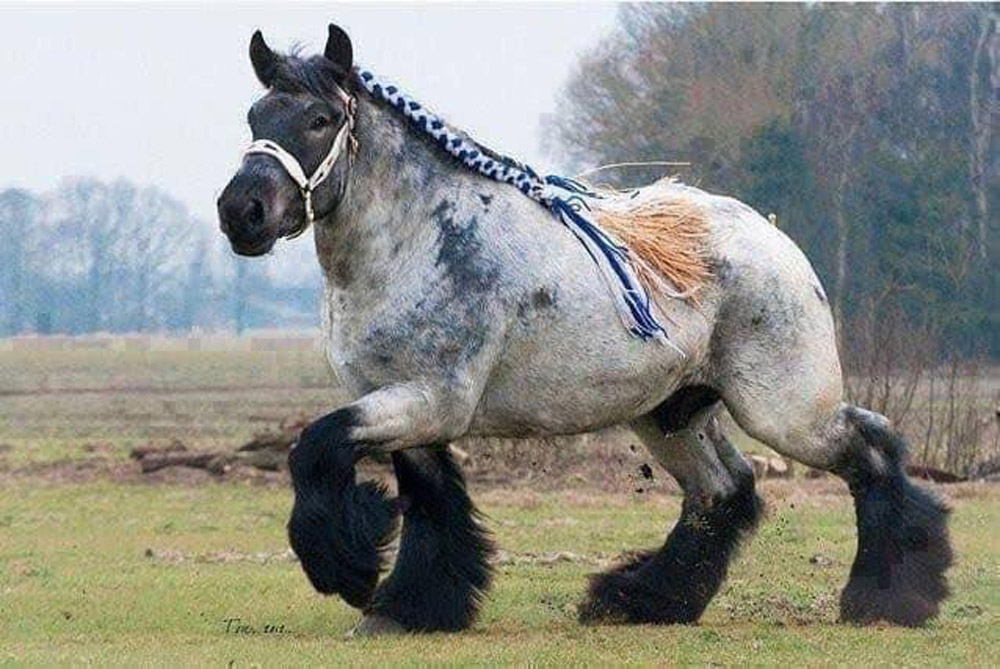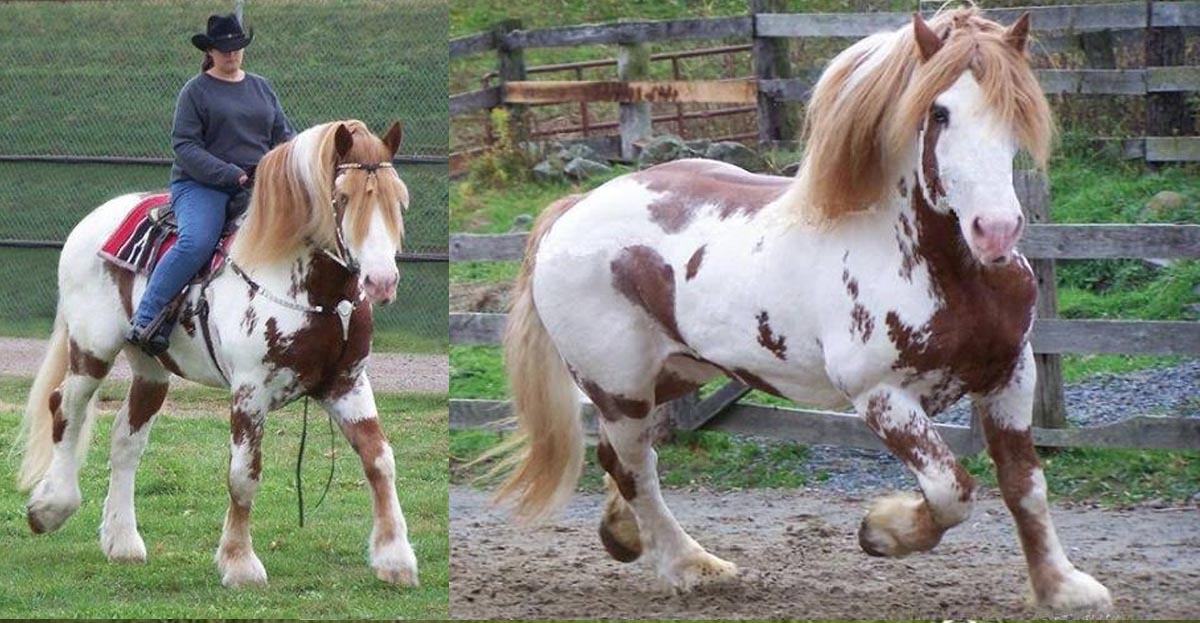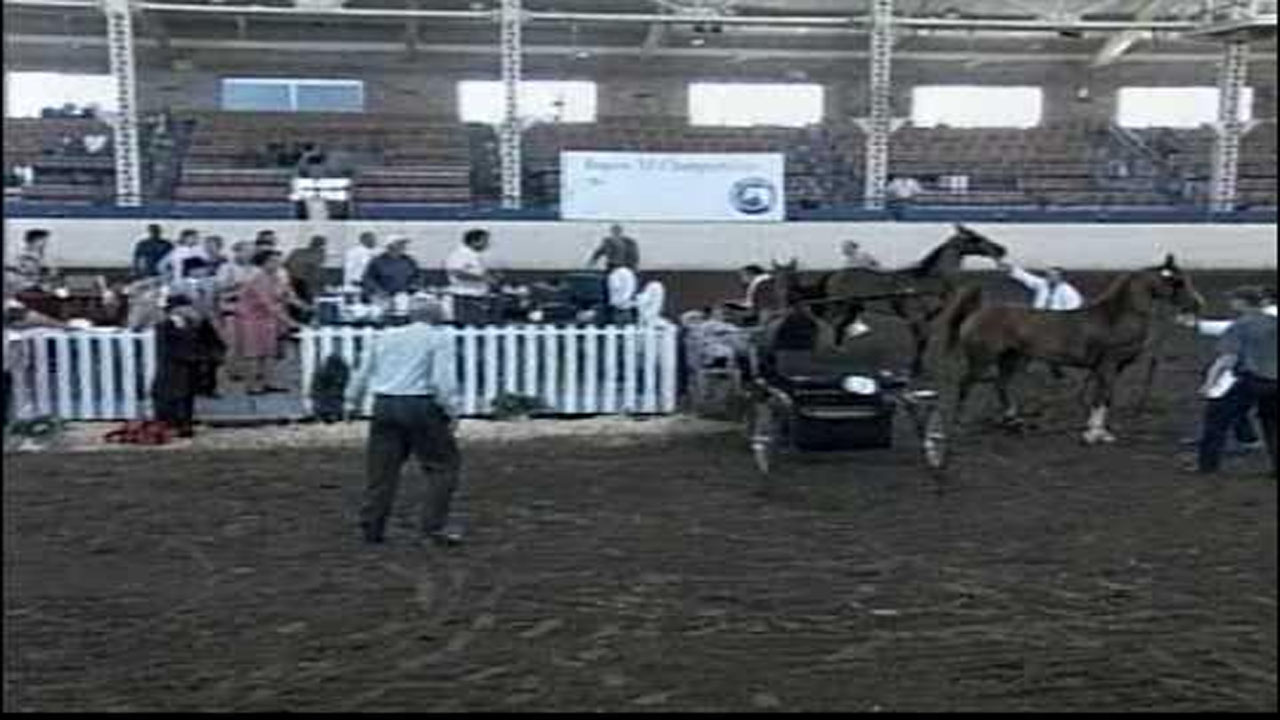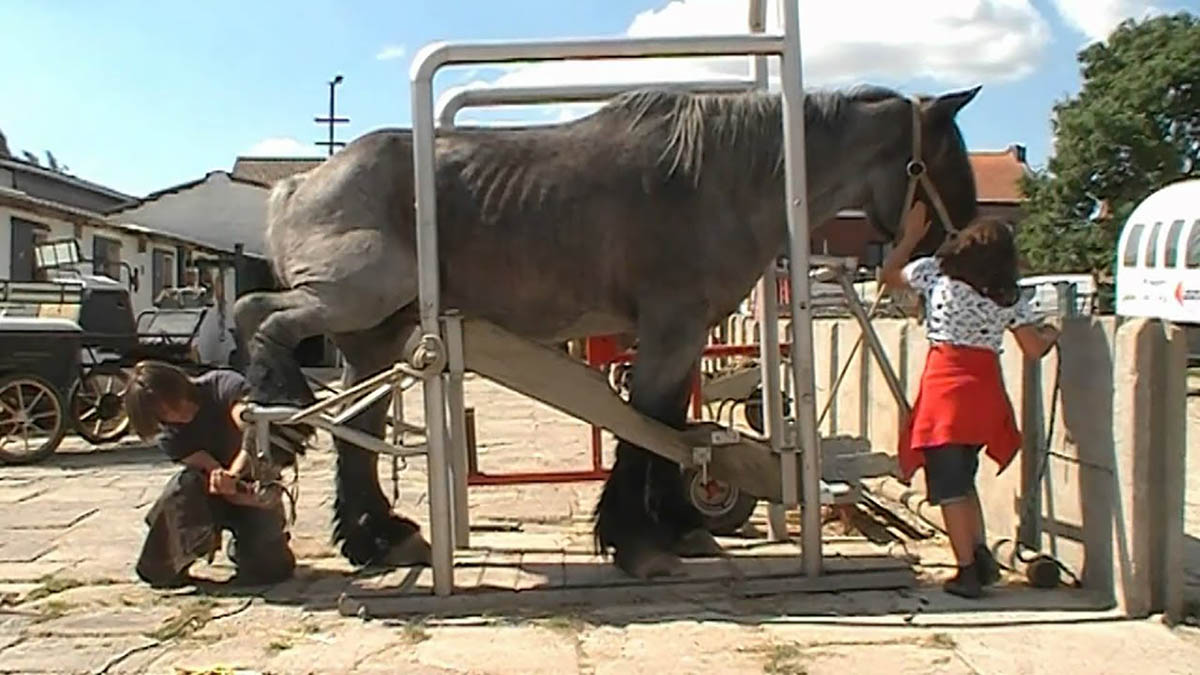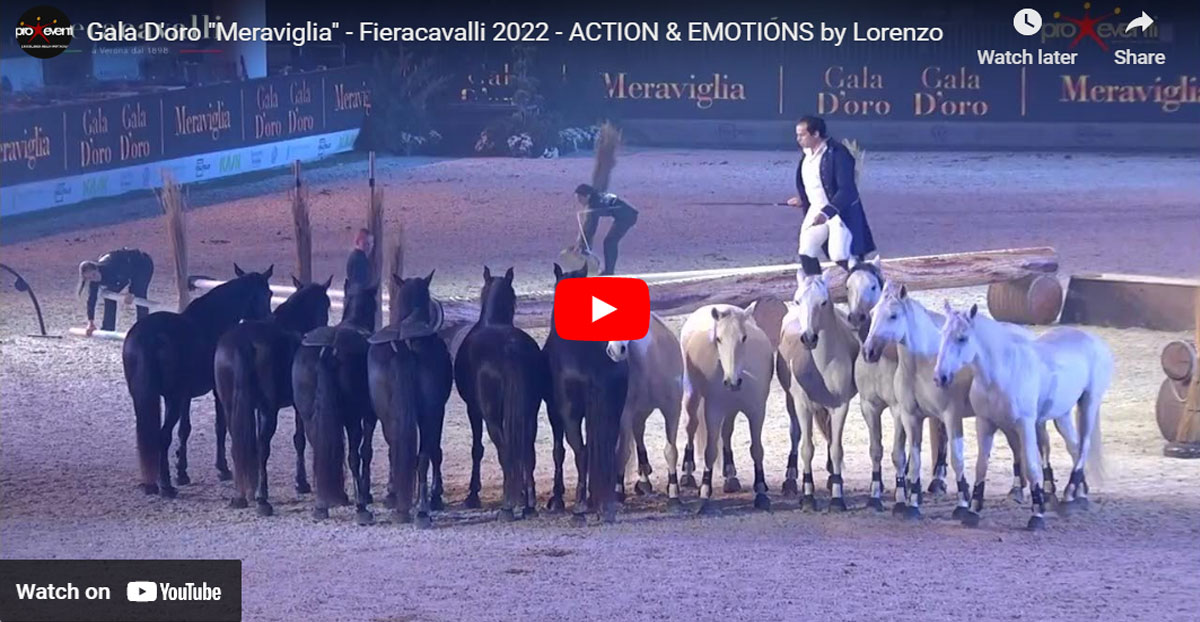Horses Hoof Structure and Balance
The horse`s foot has numerous vital functions. It provides support, allows for movement, absorbs concussion, and assists in circulation. Without strong, healthy hoofs, a horse would be unable to escape from danger, carry a rider or perform any of the many activities demanded of it.
The horse`s hoof consists of many different structures, each with its own particular function. In a healthy hoof, these structures work together for optimal performance. It is important to know and understand these structures and their functions in order to assist in keeping them healthy. The important structures of the hoof include the hoof wall, periople, bars, sole, frog, digital cushion, lateral cartilages, white line, laminae and the five sensitive structures that supply blood and nerves to the foot.
Hoof Wall
The hoof wall is an extension of the epidermis. Its function is to support the weight of the horse, absorb concussion, protect the sensitive structures within it, and resist wear. Running horizontally around the top of the hoof wall is the coronary band. The papillae of the coronary band produce the tubes, or horns, that keratinize to make up the horny hoof wall.
Periople (outer covering)
The periople is the outer covering of the hoof wall. It is located in a horizontal band above the coronary band (perioplic ring), and at its lower margin with the hoof wall (periople) it takes on the appearance of varnish and extends about two-thirds down the hoof wall. Its purpose is to control the evaporation and moisture content of the hoof.
Bars
The bars are the parts of the hoof wall that reflect in and forward at the heels. Their purpose is to help distribute weight and thus extend the bearing surface of the foot.
Sole
The sole is the slightly concave structure that covers the bottom of the foot. Its development from papillae is similar to that of the hoof wall. Its main purpose is to protect the sensitive structures within the foot and help support weight. 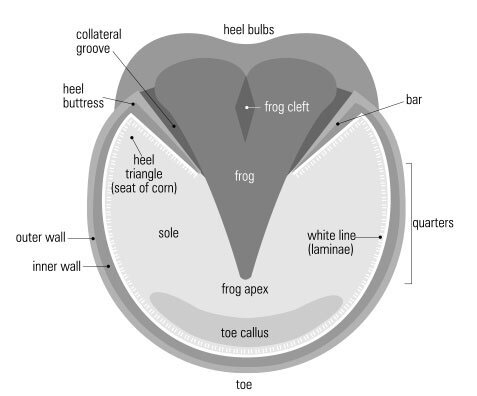
Frog
The frog is a wedge-shaped rubbery structure located at the heels and pointing into the sole of the foot, towards the toe. Its rubbery consistency is due to a high moisture content. Its functions are to protect the sensitive frog and support and stabilize the digital cushion. It also functions as an anti-slipping mechanism and shock absorber.
Digital Cushion
The digital cushion is located internally above the frog and blends into the bulbs of the heels. It is essentially insensitive, allowing it to compress and expand without pain to the horse. The digital cushion is supported and centralized from below by the horny frog. The lateral cartilages are wing-like structures that lie vertically on each side of the digital cushion, rising up from the wings of the third phalanx (distal phalanx or coffin bone). Approximately one half of this cartilage is within the hoof while the other half protrudes above the coronet. Both of these structures function in the absorption of concussion. These are of major importance in absorbing the pressure resulting from a heavy descending body weight against the upward ground pressure. These structures cause expansion of the foot at the heel, thereby dissipating the concussive forces through the hoof wall.
White Line
The white line is the narrow line between the hoof wall and the sole. It is produced by the small terminal papillae on the bottom ends of the sensitive laminae and the horny laminae. The white line can be used to estimate the thickness of the hoof wall and acts as a buffer between slight physiological movements of the sole and wall.

Laminae
The laminae occupy the entire internal surface of the hoof wall. They are like small vertical leaves extending down from the coronary groove to the ground surface. There are approximately 600 primary horny laminae in each hoof and from each of the primary horny laminae there are one to two hundred secondary laminae extending at right angles. The horny laminae interact strongly with the sensitive laminae, which provide the required nutrients. The unique design of the horny and sensitive laminae interacting bonds allows the hoof wall to slide downwards as it constantly grows. These bonds are very strong, and they suspend the third phalanx to the hoof wall by their interlocking system. Due to the large number of laminae in the foot, the horse is able to use that increased surface area to lessen the weight per square inch of the hoof considerably. Therefore, the laminae function in absorbing and dissipating weight and concussion.
Five Sensitive Structures
The five sensitive structures of the foot are the perioplic corium, coronary corium, laminal corium, sole corium and frog corium. These sensitive structures are located internally and provide the blood and nerve supply to their corresponding horny structures. In addition, the sensitive structures often are involved in the production of the horny structures.
Maintenance of the Hoof
In order to maintain a healthy foot, all of the above structures must be allowed to function normally. This is an important concept to keep in mind when shoeing a horse. Shoeing should give the horse support and enhance its ability to perform, but it should not interfere excessively with the foot`s normal functions.
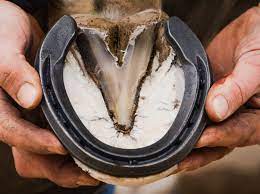
Horseshoes should balance the horse`s hoofs. This means that there should be equal weight distribution around the center of gravity of the horse`s limb. The horse`s conformation and gait should be taken into consideration when balancing the hoofs, and horseshoes should sustain soundness, or return lame horses to soundness, while placing a minimum amount of stress on the limb.
When evaluating a shoeing job, the owner should keep in mind: 1) when the horse was shod previously and 2) whether the shoeing was done under duress. Both of these factors can influence how well a farrier will be able to balance a horse`s hoof. A competent farrier will, in most normal shoeing jobs, abide by the following general guidelines when altering the hoof: 1) change the toe/heel angle by no more than 2 degrees, 2) change the lateral balance by no more than 1/4 inch and 3) change the hoof form balance by no more than 1/2 the thickness of wall. A good shoeing job can be recognized by the following points. The opposite feet should be trimmed to the same size with flares removed and toes rasped perpendicular to the ground. The foot should be balanced in relation to the leg with an even distribution of weight in the foot. The angle of the hoof should be the same as that of the pastern. The nails should be properly placed, smooth and not too far back. The shoe should be fitted to the foot and there should be sufficient length and set for expansion of the heel and quarters. The frog and bars should not be trimmed out excessively, and there should be no air spaces between the hoof and the shoe. Most importantly, the horse should not have gait defects or be lame after the shoeing job! Some of the more common mistakes that incompetent or careless farriers make that the owner can watch for are gutted quarters, eased heels, toe gaps, and insufficient heel support.
Proper care and shoeing of the horse`s feet are essential. Lameness is often a result of foot or leg problems, some of which could have been prevented by proper shoeing. An understanding of the structure and function of the horse`s hoof together with knowledge of proper shoeing techniques will result in a more sound and useful animal.
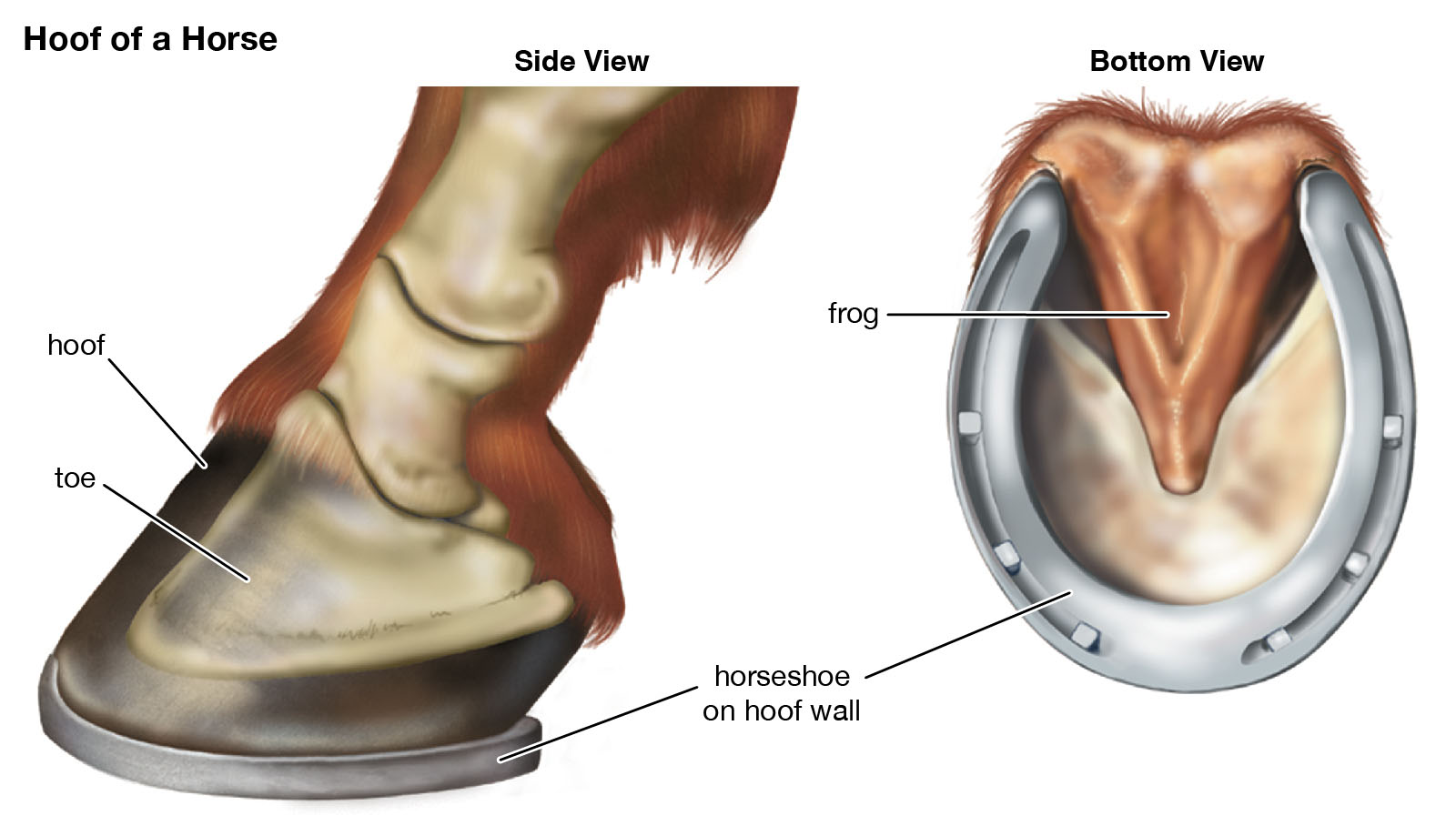
The horse`s hoof consists of many different structures, each with its own particular function. In a healthy hoof, these structures work together for optimal performance. It is important to know and understand these structures and their functions in order to assist in keeping them healthy. The important structures of the hoof include the hoof wall, periople, bars, sole, frog, digital cushion, lateral cartilages, white line, laminae and the five sensitive structures that supply blood and nerves to the foot.
Hoof Wall
The hoof wall is an extension of the epidermis. Its function is to support the weight of the horse, absorb concussion, protect the sensitive structures within it, and resist wear. Running horizontally around the top of the hoof wall is the coronary band. The papillae of the coronary band produce the tubes, or horns, that keratinize to make up the horny hoof wall.
Periople (outer covering)
The periople is the outer covering of the hoof wall. It is located in a horizontal band above the coronary band (perioplic ring), and at its lower margin with the hoof wall (periople) it takes on the appearance of varnish and extends about two-thirds down the hoof wall. Its purpose is to control the evaporation and moisture content of the hoof.
Bars
The bars are the parts of the hoof wall that reflect in and forward at the heels. Their purpose is to help distribute weight and thus extend the bearing surface of the foot.
Sole
The sole is the slightly concave structure that covers the bottom of the foot. Its development from papillae is similar to that of the hoof wall. Its main purpose is to protect the sensitive structures within the foot and help support weight.

Frog
The frog is a wedge-shaped rubbery structure located at the heels and pointing into the sole of the foot, towards the toe. Its rubbery consistency is due to a high moisture content. Its functions are to protect the sensitive frog and support and stabilize the digital cushion. It also functions as an anti-slipping mechanism and shock absorber.
Digital Cushion
The digital cushion is located internally above the frog and blends into the bulbs of the heels. It is essentially insensitive, allowing it to compress and expand without pain to the horse. The digital cushion is supported and centralized from below by the horny frog. The lateral cartilages are wing-like structures that lie vertically on each side of the digital cushion, rising up from the wings of the third phalanx (distal phalanx or coffin bone). Approximately one half of this cartilage is within the hoof while the other half protrudes above the coronet. Both of these structures function in the absorption of concussion. These are of major importance in absorbing the pressure resulting from a heavy descending body weight against the upward ground pressure. These structures cause expansion of the foot at the heel, thereby dissipating the concussive forces through the hoof wall.
White Line
The white line is the narrow line between the hoof wall and the sole. It is produced by the small terminal papillae on the bottom ends of the sensitive laminae and the horny laminae. The white line can be used to estimate the thickness of the hoof wall and acts as a buffer between slight physiological movements of the sole and wall.

Laminae
The laminae occupy the entire internal surface of the hoof wall. They are like small vertical leaves extending down from the coronary groove to the ground surface. There are approximately 600 primary horny laminae in each hoof and from each of the primary horny laminae there are one to two hundred secondary laminae extending at right angles. The horny laminae interact strongly with the sensitive laminae, which provide the required nutrients. The unique design of the horny and sensitive laminae interacting bonds allows the hoof wall to slide downwards as it constantly grows. These bonds are very strong, and they suspend the third phalanx to the hoof wall by their interlocking system. Due to the large number of laminae in the foot, the horse is able to use that increased surface area to lessen the weight per square inch of the hoof considerably. Therefore, the laminae function in absorbing and dissipating weight and concussion.
Five Sensitive Structures
The five sensitive structures of the foot are the perioplic corium, coronary corium, laminal corium, sole corium and frog corium. These sensitive structures are located internally and provide the blood and nerve supply to their corresponding horny structures. In addition, the sensitive structures often are involved in the production of the horny structures.
Maintenance of the Hoof
In order to maintain a healthy foot, all of the above structures must be allowed to function normally. This is an important concept to keep in mind when shoeing a horse. Shoeing should give the horse support and enhance its ability to perform, but it should not interfere excessively with the foot`s normal functions.

Horseshoes should balance the horse`s hoofs. This means that there should be equal weight distribution around the center of gravity of the horse`s limb. The horse`s conformation and gait should be taken into consideration when balancing the hoofs, and horseshoes should sustain soundness, or return lame horses to soundness, while placing a minimum amount of stress on the limb.
When evaluating a shoeing job, the owner should keep in mind: 1) when the horse was shod previously and 2) whether the shoeing was done under duress. Both of these factors can influence how well a farrier will be able to balance a horse`s hoof. A competent farrier will, in most normal shoeing jobs, abide by the following general guidelines when altering the hoof: 1) change the toe/heel angle by no more than 2 degrees, 2) change the lateral balance by no more than 1/4 inch and 3) change the hoof form balance by no more than 1/2 the thickness of wall. A good shoeing job can be recognized by the following points. The opposite feet should be trimmed to the same size with flares removed and toes rasped perpendicular to the ground. The foot should be balanced in relation to the leg with an even distribution of weight in the foot. The angle of the hoof should be the same as that of the pastern. The nails should be properly placed, smooth and not too far back. The shoe should be fitted to the foot and there should be sufficient length and set for expansion of the heel and quarters. The frog and bars should not be trimmed out excessively, and there should be no air spaces between the hoof and the shoe. Most importantly, the horse should not have gait defects or be lame after the shoeing job! Some of the more common mistakes that incompetent or careless farriers make that the owner can watch for are gutted quarters, eased heels, toe gaps, and insufficient heel support.
Proper care and shoeing of the horse`s feet are essential. Lameness is often a result of foot or leg problems, some of which could have been prevented by proper shoeing. An understanding of the structure and function of the horse`s hoof together with knowledge of proper shoeing techniques will result in a more sound and useful animal.




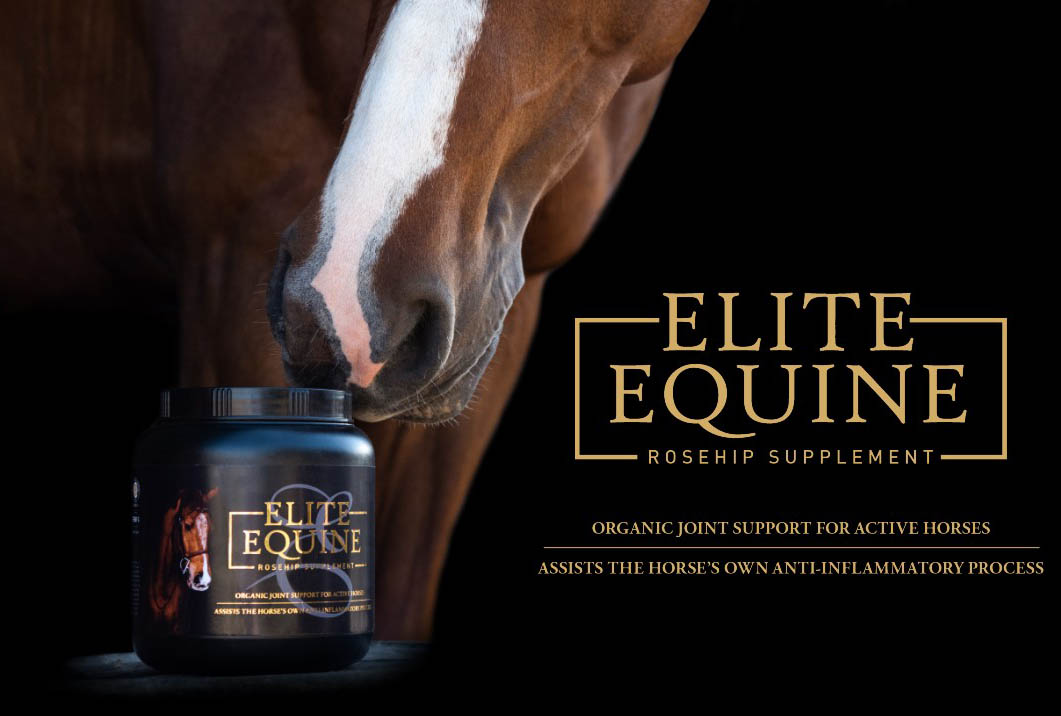 Rose Hip Supplement For Horses Hooves
Rose Hip Supplement For Horses Hooves